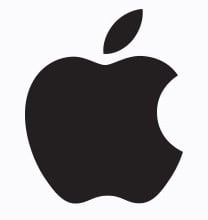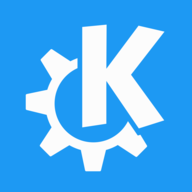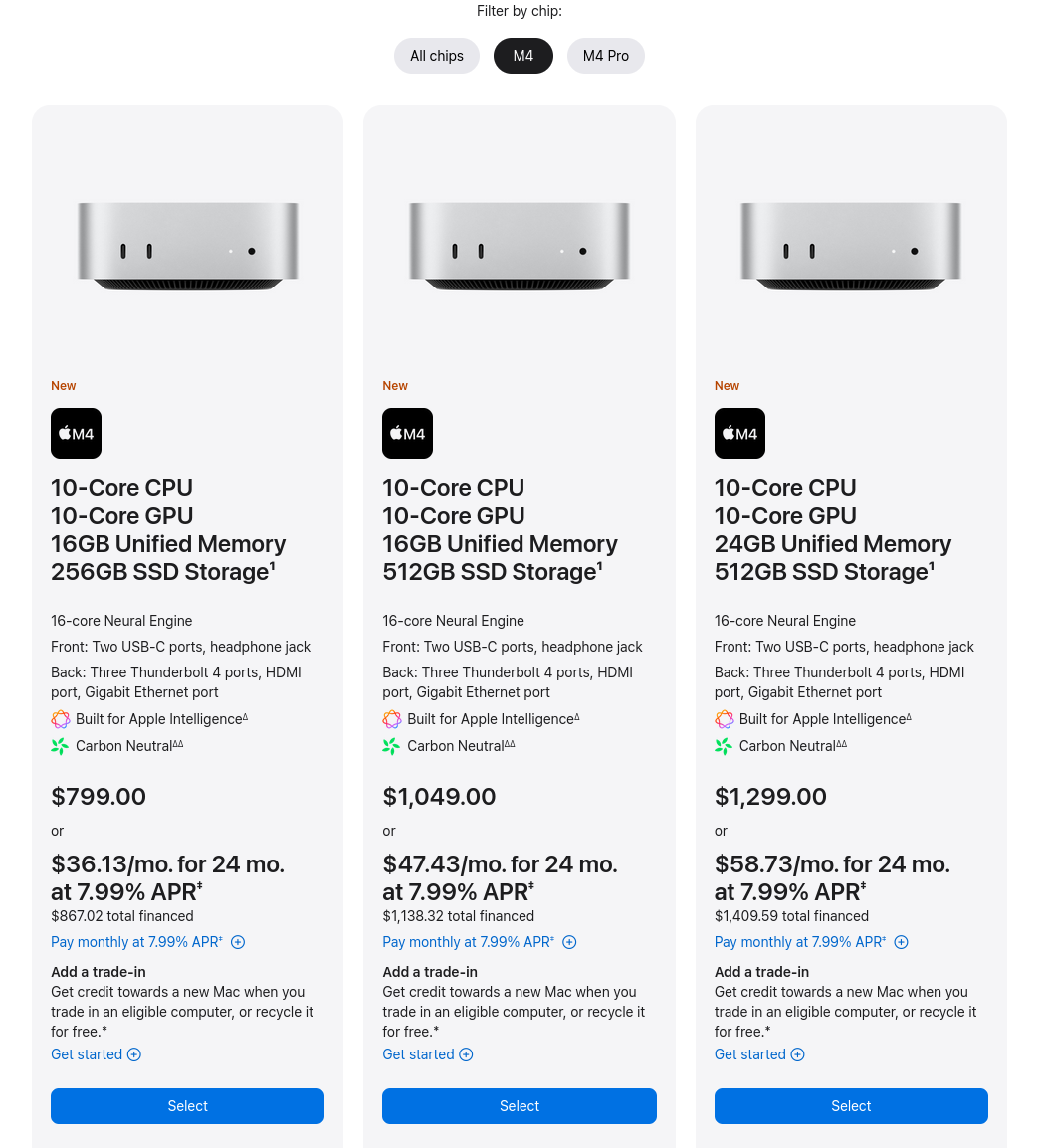

Preferably the drivers and quirks of the hardware would all be patched upstream so that you don’t need to use a distro with the fixes patched in.


Preferably the drivers and quirks of the hardware would all be patched upstream so that you don’t need to use a distro with the fixes patched in.


Mac Mini doesn’t come with a keyboard. So unless you’ve owned an iMac or bought a keyboard separately, you won’t have that convenience.
That being said, I haven’t touched the power button on my Mac Mini since I got mine on the 8th.


“Boiling The Ocean” refers to the fact that this is what all the hackfest topics share in common: They’re all very difficult long-term efforts that we expect to still be working on for years before they fully bear fruit. A second, mostly incidental, connotation is that the the ocean (and wider biosphere) are currently being boiled thanks to the climate crisis, and that much of our work has a degrowth or resilience angle (e.g. running on older devices or local-first).
https://blogs.gnome.org/tbernard/2024/10/05/boiling-the-ocean-hackfest/


I’m just saying that I think it would be more accurate to group Gnome closer to Windows and KDE than MacOS. Especially if Dash to Dock and Appindicators are enabled, like in Ubuntu.
I could switch between Gnome, KDE, Windows, and most Linux DEs relatively easily, but MacOS’s feels quite different to me.


A good place to start is the “Water Cooler” section of the Fedora Discourse: https://discussion.fedoraproject.org/c/fun/8


I think a dev for Factorio discussed this issue on Brodie Robertson’s podcast.


Brand new Mac Mini, just came out today. It has a full year of warranty left.


My HDMI tops out at 144hz, issue still present.


1440p at 170Hz with the DisplayPort. But I also tried going down to 60hz, but in that brief time I did that, that made the flickering issue even more apparent.
I hear that Gnome can struggle on touchscreens due to some GTK bugginess.
Plasma is probably a good bet since it has a dedicated touch friendly mode and is tested on the Steam Deck, which has a touch screen.
There’s third party Appimages. They also had a blog post discussing using Appimages for testing builds. If that gets done, I don’t see why they wouldn’t offer an official build.


I believe it’s an Apple Silicon limitation in their lower end chips.


On iOS, I feel like doing things take a few extra taps and swipes than they would on Android.
But on the whole apps made for iOS feel higher quality. Even Google’s own apps are better on iOS. I feel like the problem is that Apple forces developers to adopt changes quickly, whereas Google lets apps use years old API versions.


Funny, FSR2 helps me a lot but FSR3’s frame generation does nothing for me.


Makes sense that it includes snap given that KDE officially supports their apps packaged as snaps, unlike Gnome.
If I recall correctly, aren’t they going for an Arch base? I assume they’re going to be enabling AppArmor so that the snap sandboxing is mostly working, except for the patches Canonical have failed to upstream so far.


If they’re not including the proprietary Nvidia driver, they’re definitely not including ZFS.


I’m tempted by this too (or maybe the upcoming MacBook Air). I’m just worried that I’m not going to like MacOS. I’m pretty happy with Linux, like FOSS, but Apple just has the best hardware at the moment.


Nope, both on the same Wifi network. Can’t think of why it would be showing differently. Not even force refreshing the page did anything. But I just checked again and now it’s showing the right prices.


Huh

It shows up as $599 on my iPhone, but not desktop.
Fedora Silverblue